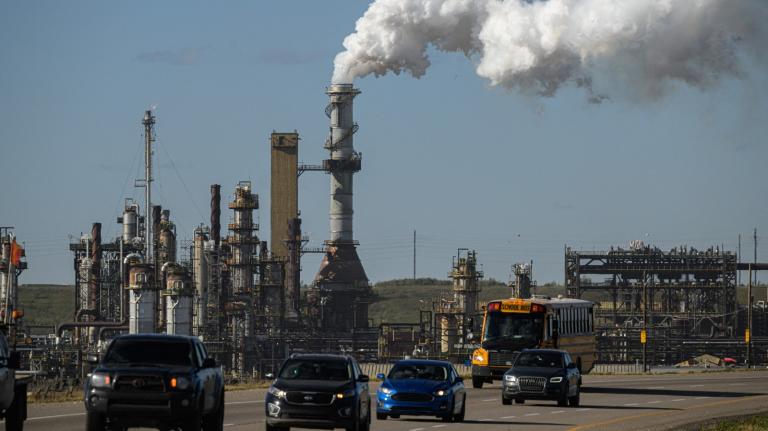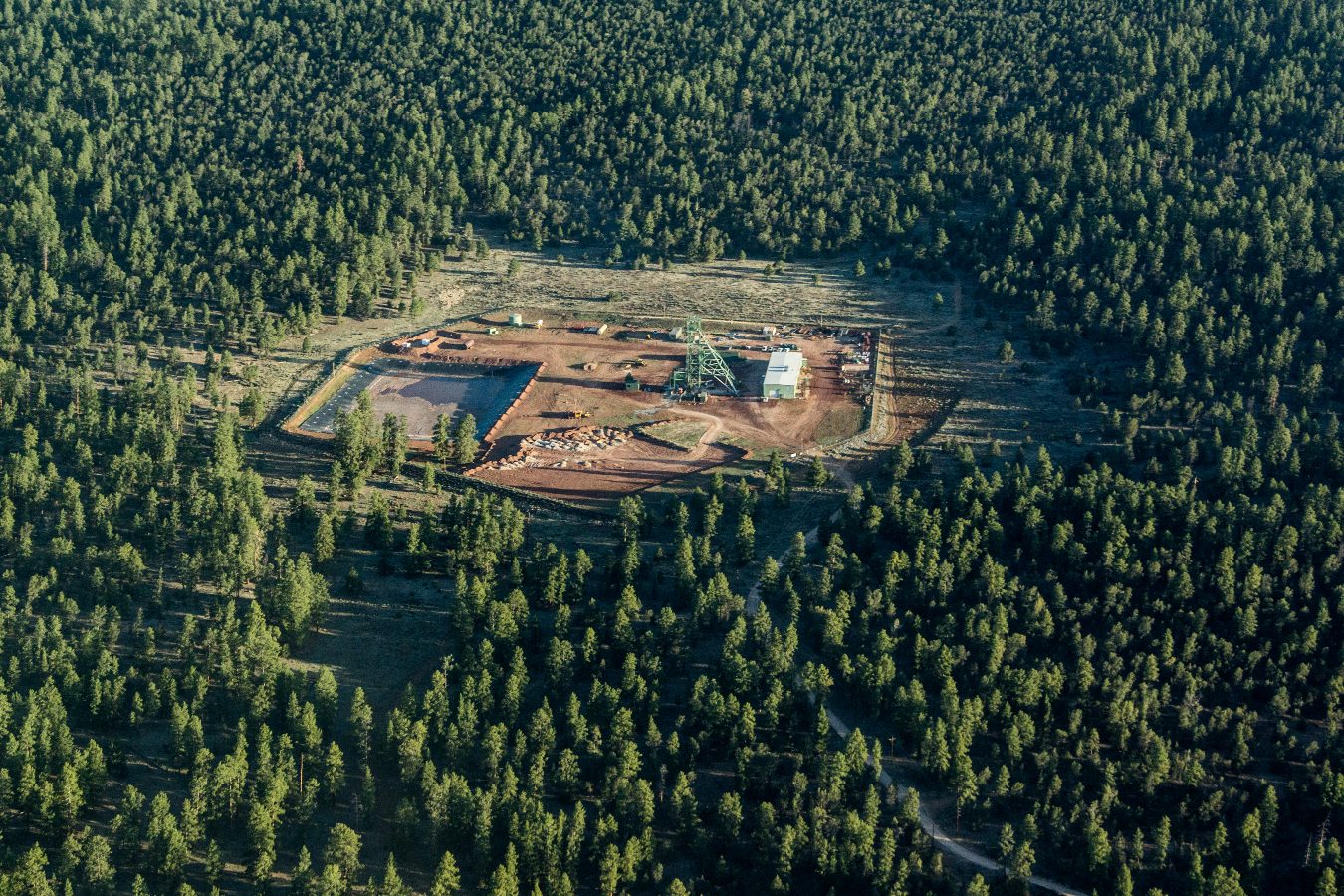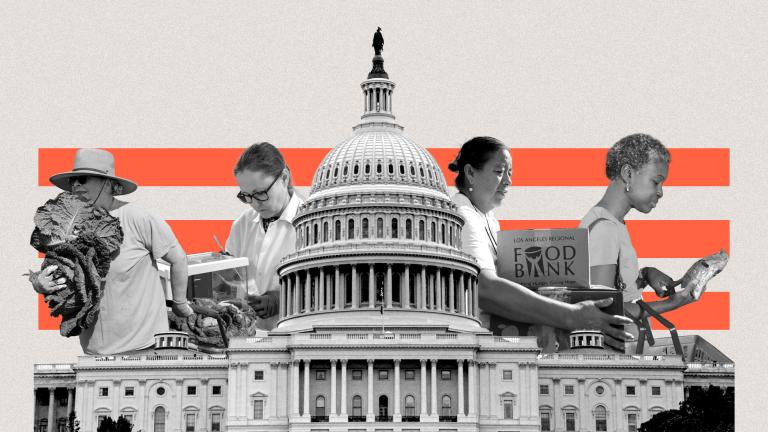A deadline is looming for the Senate to take action to stop new uranium mines adjacent to the Grand Canyon, conservation experts and Indigenous tribal leaders warned this week. An existing mine just south of the canyon, though dormant for 30 years, already poses a threat to nearby ecosystems and communities and is expected to resume operations in early 2023.
The Senate has until January 3 to vote on the Grand Canyon Protection Act, a bill that would make a 20-year moratorium on new uranium mines near the Grand Canyon permanent, saving more than 1 million acres of public lands from development. The act has already been passed twice by the House of Representatives.
After the January 3 deadline, the legislative slate is wiped clean ahead of the start of the 118th Congress, with no promise of the Grand Canyon Protection Act being reintroduced to the Senate agenda next year.
The operations of the existing Pinyon Plain Mine near the Grand Canyon would nonetheless not be impacted by the bill. While a 20-year moratorium on uranium mining near the Grand Canyon was implemented in 2012, Pinyon Plain was exempt due to an earlier agreement.
The Grand Canyon forms part of the Colorado River Basin, a vast watershed with critical tributaries and reservoirs which provide water to over 40 million people in Southwest states and California. The territories of Indigenous tribes such as the Navajo Nation are also located there. But for decades, the region has been under intense economic and environmental pressure from uranium mining operations. Countless members of the Navajo Nation have suffered from higher rates of cancer and respiratory illnesses due to the nuclear waste left over from Cold War era uranium extraction.
Other Native communities in the area are also under threat from mining interests. Since the 1980s, the Havasupai Tribe, whose territory lies within the Grand Canyon, has fought against the ongoing operation of the nearby Pinyon Plain Mine. The controversial mine has been responsible for rupturing important groundwater resources during the drilling process, effectively depleting an essential natural resource.
“It is time to permanently ban uranium mining — not only to preserve the Havasupai Tribe’s cultural identity and our existence as the Havasupai People, but to protect the Grand Canyon for generations to come,” said the tribe’s chairman Thomas Siyuja, Sr.
“From an environmental standpoint, water resource standpoint and a cultural standpoint, it’s just the wrong place to do it,” said Amber Reimondo, the energy director at the Grand Canyon Trust, a local conservation and environmental justice organization. Reimondo explained that the Colorado River Basin is so complex and extensive that any contamination of its waters could have profound consequences for communities hundreds of miles away.
Hundreds of active uranium mining claims have been made near Grand Canyon National Park. These claims could develop into full-fledged operations if the Grand Canyon Protection Act doesn’t pass a Senate vote.
Uranium is a radioactive element that nonetheless occurs naturally in the earth’s soil, rock, and groundwater. The element is so ubiquitous in the environment that it is a major contributor to normal “background radiation.” When condensed in rock formations, uranium is far less radioactive than when it is extracted during mining operations.
Mining of uranium is essential for nuclear power generation. But to extract uranium, mining operations often use a mix of chemicals to dissolve the element from underground rock formations and into groundwater. The exposed uranium extraction – now far more radioactive – is then pumped to the surface through mine shafts and placed in surface-level evaporation ponds. The waste from the entire process can cause food, water, and air contamination.
Uranium mining in the Grand Canyon region has unsurprisingly been opposed by major environmental organizations. But mining has also faced pushback from local business owners who depend on a steady stream of tourists from around the world who expect to visit a pristine and beautiful natural environment. Arizona voters are also overwhelmingly supportive of the Grand Canyon Protection Act. The threat that uranium mining poses to healthy water resources is of particular concern in the Southwest, which is facing historic drought in the Colorado River Basin – which provides water to over 40 million Americans – and alarmingly low water levels in its reservoirs.
But banning new uranium mines on the federal lands that make up the Grand Canyon would only address part of the problem. The Pinyon Plain Mine would still pose a threat to natural resources that tribal nations depend on and visitors cherish. In addition, tribal leaders and environmental advocates are still struggling to get the federal government to clean up the radioactive waste from hundreds of abandoned mines.
In the rush to take advantage of nuclear power’s purported green energy benefits, Reimondo, of Grand Canyon Trust, says, the same mistakes of the fossil fuel era are being made in the clean energy era.
“Indigenous communities from around the world have known for hundreds of years that uranium is something you don’t touch,” she said. “Because once you expose it, it’s like a Pandora’s Box, and you can’t close it again.”
Correction, December 12, 2022: This story has been corrected to reflect more accurately the potential consequences of uranium mining on the Colorado River Basin; the future of the Pinyon Plain Mine; and the legislative hurdles to pass the Grand Canyon Protection Act.




